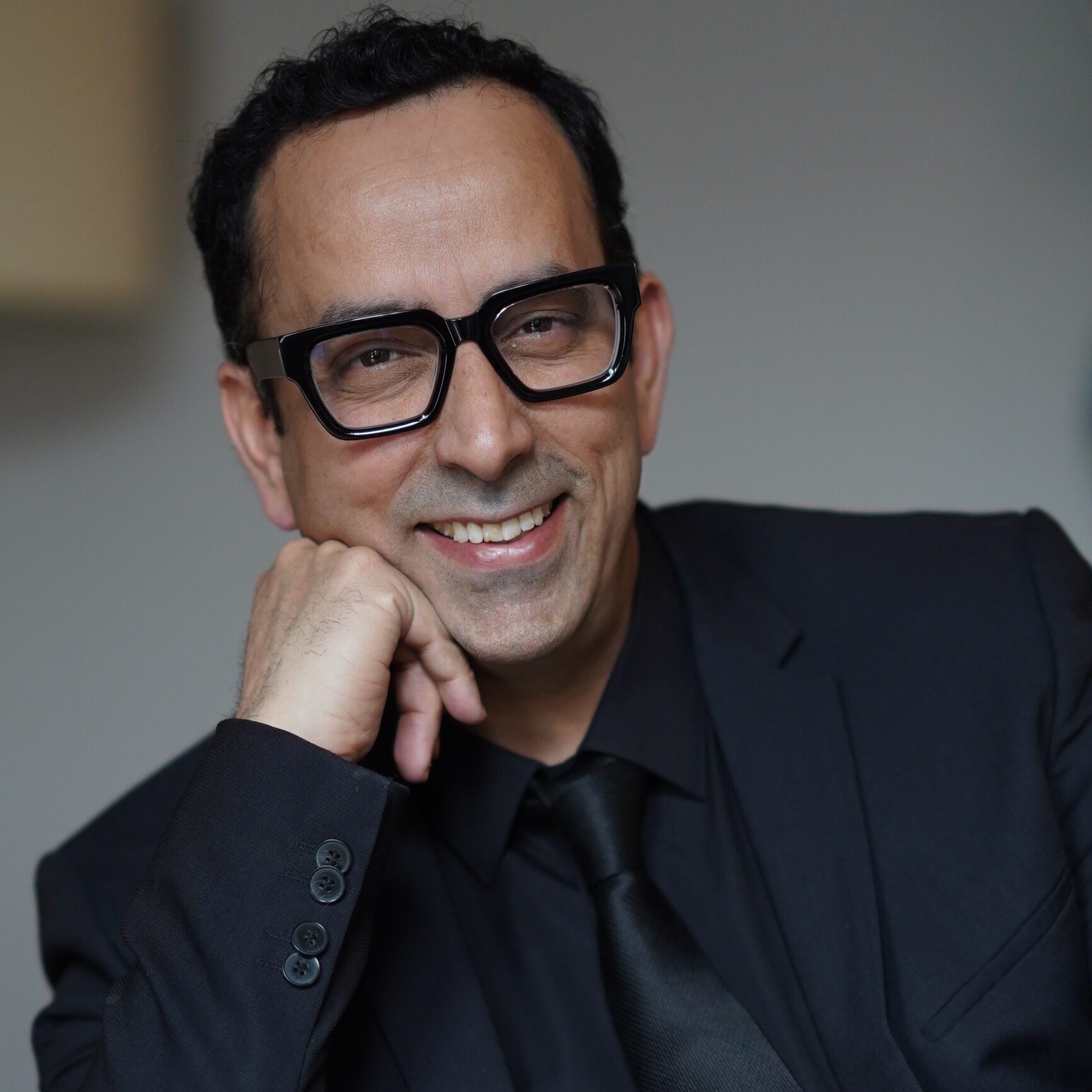The field of regenerative medicine is witnessing a revolutionary advancement with the development of lab-grown tissues and organs, offering a sustainable and ethical solution to the challenges of organ transplantation. This cutting-edge technology, also known as tissue engineering, involves cultivating human cells in a laboratory to create functional tissues and organs. As the demand for organ transplants far exceeds the supply, lab-grown organs present a promising alternative, reducing reliance on donor organs, minimizing the risk of rejection, and aligning with sustainable healthcare practices. Here’s an in-depth look at how lab-grown tissues and organs are paving the way for a more sustainable approach to transplants.
Alleviating the Organ Shortage Crisis: With thousands of patients on transplant waiting lists, the shortage of donor organs is a critical issue. Lab-grown tissues and organs offer a potential solution by providing an alternative source for transplantation, thereby saving lives and reducing waiting times.
Reducing the Risk of Rejection: One of the significant challenges with traditional transplants is the risk of the body rejecting the donor organ. Lab-grown organs, cultivated from the patient’s own cells, are genetically matched, significantly reducing the likelihood of rejection and the need for lifelong immunosuppressive drugs.
Ethical and Sustainable: The process of growing tissues and organs in the lab circumvents ethical concerns associated with organ donation and animal testing. It also represents a sustainable approach to medicine, as it reduces the need for donor organs, decreases surgical interventions, and optimizes healthcare resources.
Advancements in Biotechnology: The progress in lab-grown organs is propelled by advancements in biotechnology, including stem cell research and 3D bioprinting. These technologies enable researchers to create complex tissues and organ structures, moving closer to the goal of fully functional, transplantable organs.
Future Perspectives: While lab-grown tissues are already being used for skin grafts and simple tissues, the potential for growing more complex organs, such as hearts, kidneys, and livers, is on the horizon. Continued research and development are essential for overcoming technical challenges and ensuring these innovative solutions can be widely adopted in clinical settings.
Lab-grown tissues and organs represent a frontier in sustainable healthcare, offering a path to address the organ shortage crisis, improve patient outcomes, and reduce the environmental impact of medical treatments. As this field continues to evolve, it holds the promise of transforming organ transplantation into a more accessible, ethical, and sustainable practice.

